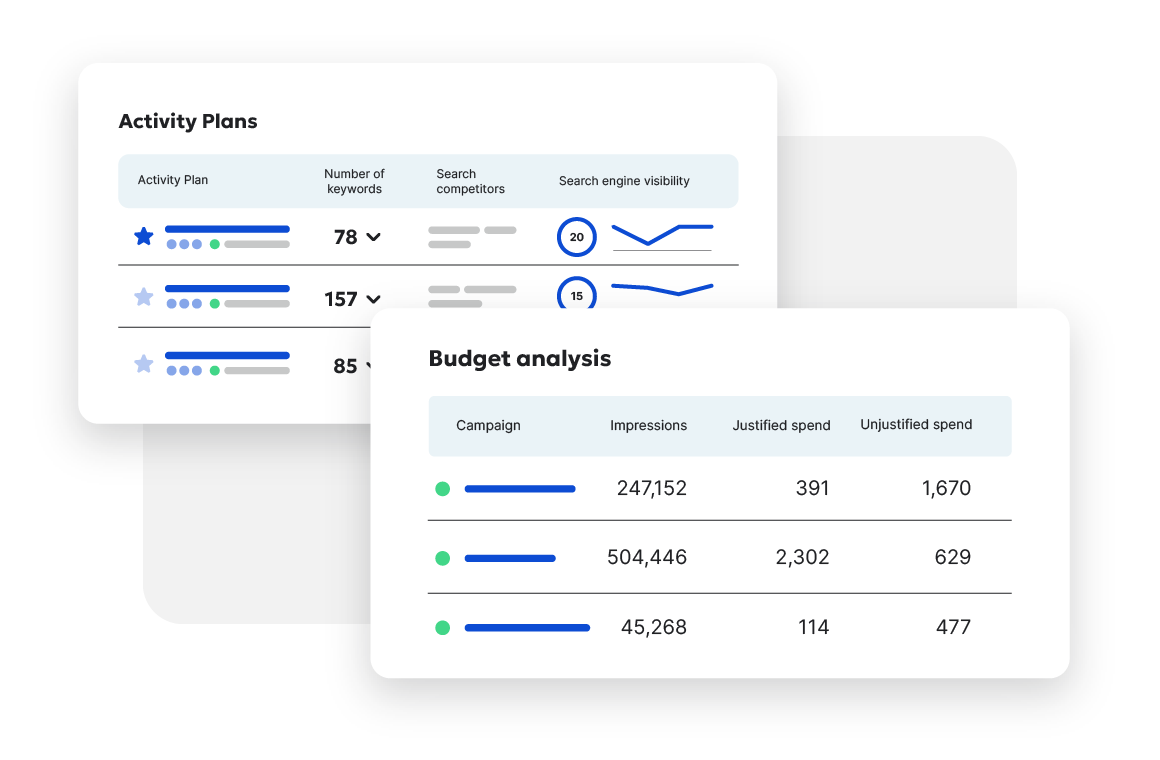Did you know your university’s website is one of the most important digital student engagement touchpoints you have at your disposal? Your website has the power to foster trust, build relationships, and bolster your reputation. But it can’t do any of that if it doesn’t function properly, particularly when it comes to speed. It seems simple enough, but almost half of web users leave sites that take three seconds or longer to load. So, it’s clear that page speed matters, but what can you do to speed up your site? We’ve got you covered.
Why universities must improve page load time
Research shows that page load time has a serious impact on users’ web experience and website conversion rates. It’s especially crucial for universities, considering the current and prospective student pools are largely millennials and Gen Z who are more likely to leave a slow page than older users.
Page load times also factor into both Google and Facebook’s search rankings, affecting how high your university shows up in search results.
So, if you want more site visitors, higher search engine rankings, and an overall better digital student experience, then your site must be fast.
How to measure page load time
There are two ways to measure page speed:
- Page load time: This is the amount of time between the browser sending the request to the server and the page to fully loading and rendering it.
- Time to first byte: Time to first byte is the amount of time between sending the request to the server and the browser receiving the first data byte.
You can use either method, but note that Google’s own Speed Index, which determines site rankings in searches, uses time to first byte (TTFB) amongst other metrics to measure page speed.
Four actions to improve page load time
For the most part, page load time consists of downloading different parts of a page. However, not all page elements have the same impact on load time. Factors such as the number of elements needed to load your page and the visitors' proximity to your server also impact load time.
To mitigate slow speeds, start with where your page elements are stored and identify which elements are slowing your site down. From there, reduce or redefine those elements to decrease the number of requests sent to your server. Look into the following actions to optimize page speed:
Conduct a quick analysis of your web page speed
There are easy-to-use tools available, including Siteimprove Performance, that not only monitor site performance from multiple visitor profiles, but can even show you exactly which elements take the longest time to load. Typically, it’s as easy as copying and pasting your page’s URL into the system.
In Siteimprove Performance, you can also see a list of page elements and how long they take to load, as well as a prioritized list of the problem elements to tackle first. For example, you may notice your images take under 50 milliseconds to load, while a Facebook plugin takes over 150 milliseconds. Now, let’s plunge into a major page speed diminisher: images.
Optimize your images
Considering the how images fundamentally affect page load speed, you’ll want to take several steps to reduce image load time. Here are our top suggestions:
- Check image weight: First, find out the maximum allowable image size for your site. Typically, it’s about 800px wide. Once you determine your ideal image size, resize all images before loading them into the browser. Resizing images considerably lightens their weight, which shortens load time and overall page speed. For even further image weight loss, set your images to an 85% compression level to shave over 10% off your image weight.
- Reduce image resolution: Virtually all screens operate in a 72–100 pixels per inch (PPI) range, so images don’t need to exceed that resolution to look high-quality on your site. If you’re already using an image editor to resize your images, you can also use it to reduce 80% of their resolution to further reduce file size. By replacing slow-loading, high-resolution images, you’ll deliver a faster, more effective digital student experience, while still retaining a high-quality appearance.
- Forgo the wrong image format: JPEG and PNG are the best file types for the web. Cases can be made for both file types, but a JPEG is the smaller, more compressed format, which makes it preferable to speed up page load times.
Streamline your code
Before your page becomes viewable, your cascading style sheets (CSS) file needs to load. However, many universities have been building on the same file for many years. In that time, it’s likely that unnecessary code has wedged its way in and stayed there. Every extra unnecessary line or space adds up to a slower page.
How do you fix this? Either (a) manually go through your site’s code to detect hidden, unused elements, or (b) use simple software to find and remove unnecessary code. Such tools can compress your CSS or JavaScript files, while also monitoring external plugins and scripts that slow site performance.
Use caching for better efficiency
Caching is essentially storing key points of data that help your site load quicker. Without caching, your site must reload every piece of site data (such as images, text, styling) every time a visitor accesses it.
On average, a browser takes nearly 100 requests back and forth from your site’s server to build a complete page. To reduce the number of requests, and ultimately speed up page load time, simply cache both the browser-side and server-side of your pages.
Page speed summary
Once you’ve sped up your university’s website with these actions, it’s a good idea to continuously monitor its speed over time to ensure a good digital student experience. You can use a performance monitoring tool, like Siteimprove Performance, to help monitor and track your progress and see exactly how students experience your page loading.
Can’t get enough site optimization? The same tool can provide insight into how your site is doing compared with industry standards by using Google’s Lighthouse performance scores. Either way, within the competitive higher-ed landscape, all digital optimization efforts can place you ahead of the pack.

Ready to improve your Search Engine Optimization?
Siteimprove SEO is an all-in-one Enterprise SEO tool that can help you achieve your digital potential.
Schedule a demo
